
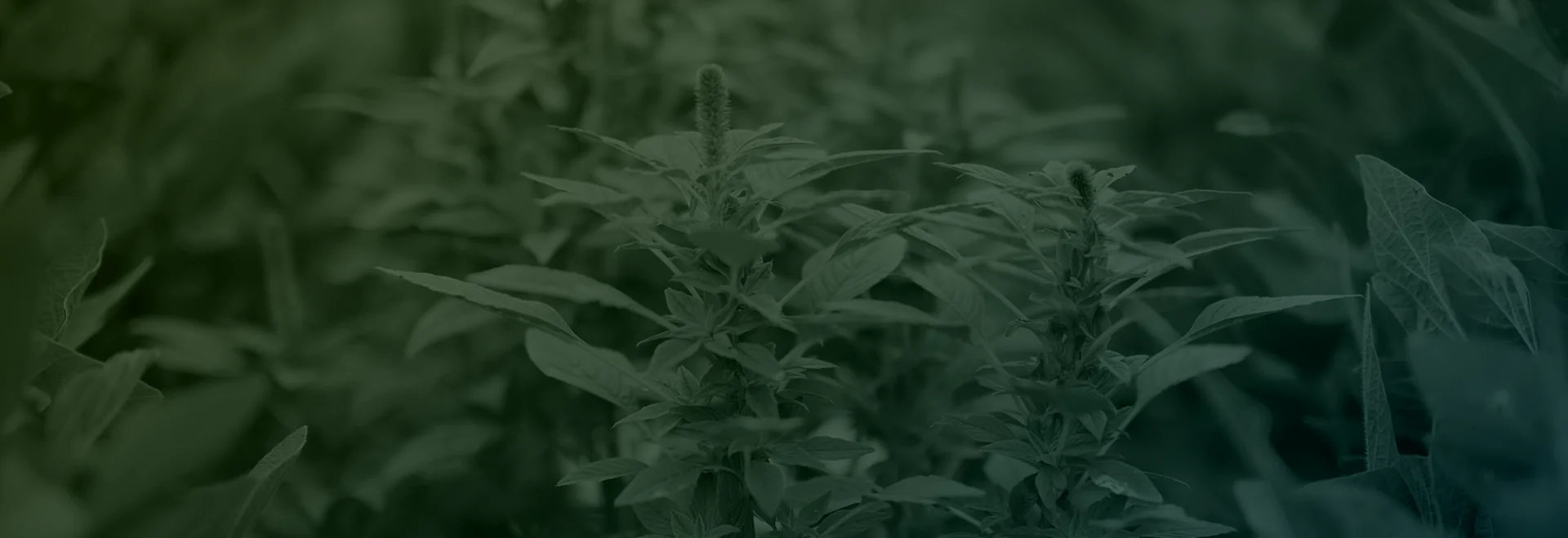
In early February, a federal court determined that the U.S. Environmental Protection Agency (EPA) had unlawfully approved dicamba for use over the top of emerged soybean and cotton crops bred to withstand the herbicide with the exception of the “existing stocks order,” allowing farmers planning to use dicamba products in 2024 to receive and use them during the upcoming growing season.
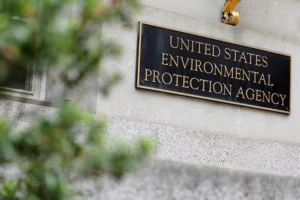
Bayer’s XtendiMax, BASF Engenia, and Syngenta Tavium were banned from use in the 2024 growing season, a win for weeds on the 40 million dicamba-tolerant soybean and cotton acres across the U.S. in #Grow24.
The ban, which has been an elephant in the room since the EPA first approved the herbicide in 2020, will force farmers to rethink their weed management strategy in 2024 and beyond. The ban will put more emphasis on maintaining a proactive approach to keeping weeds at bay and allocate expensive inputs and growing resources to crop production.
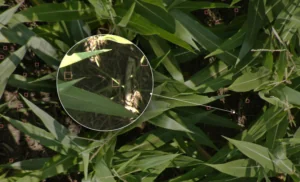 Imagine having a pair of super glasses that let you see every little detail in a field, whether the details are perceived to be minute or profitability robbers, all are captured and recorded, because, let’s face it, sometimes we don’t identify profitability robbing situations in the moment.
Imagine having a pair of super glasses that let you see every little detail in a field, whether the details are perceived to be minute or profitability robbers, all are captured and recorded, because, let’s face it, sometimes we don’t identify profitability robbing situations in the moment.
Taranis delivers high-resolution imagery that positions retailers and the growers they serve to see exactly what is happening in the field, including the earliest possible emergence information…for the crop AND the weeds.
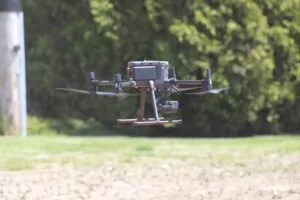
The near real-time insights delivered allow decision-makers to create a plan of attack for every acre of every enrolled field.
“Get to the weeds before the weeds get to your inputs,” says Taranis Regional Sales Manager Tim Pearson. “With the early season information Taranis provides, weeds are at their most vulnerable and easiest to kill. Catching them early mitigates the necessity for over-the-top herbicide applications later in the growing season.”
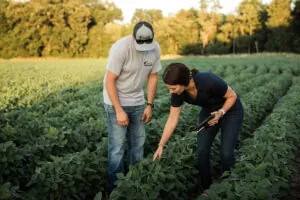 Spotting weeds is essential – half the battle in putting together a weed management plan that compliments your crop and your budget. The real early season challenges come in efficiently identifying which weed species you’re fighting.
Spotting weeds is essential – half the battle in putting together a weed management plan that compliments your crop and your budget. The real early season challenges come in efficiently identifying which weed species you’re fighting.
“Taranis AI models aren’t just efficient, they’re accurate. As a company, we’ve invested the time and resources needed to build a library of over 200 million data points that grows with every flight,” Pearson says. “We’re focused on quality and quantity and the result is an AI model that can accurately identify and annotate emerging crops and weeds. The information we deliver doesn’t just deliver that threats are present, it identifies which threats are present by recognizing diseases, nutrient deficiencies, weed and insect species and even the insect species that has created a specific chew pattern when defoliation is flagged.”
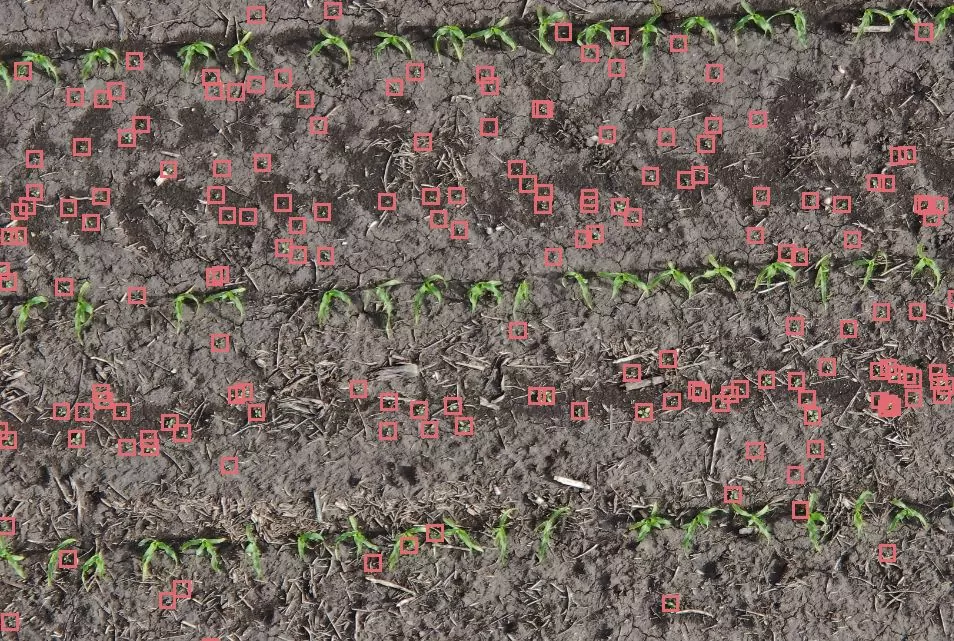
(Pictured above: Early pigweed leaf-level insights)
Saving input dollars is critical in 2024, not that a farmer ever complains about keeping dollars in the input budget.
Taranis doesn’t just provide what is growing and where the threats are. With flight reports that include the distribution and density of each threat, a retailer or farmer has an “action map” at their fingertips. Which areas of a field need attention and how soon. The report takes the “spray and pray” out of weed management by allowing every decision to be data-driven and in direct response to an identified and documented threat.
(Pictured below: Taranis dashboard indicating weed density and severity with leaf-level validation.)
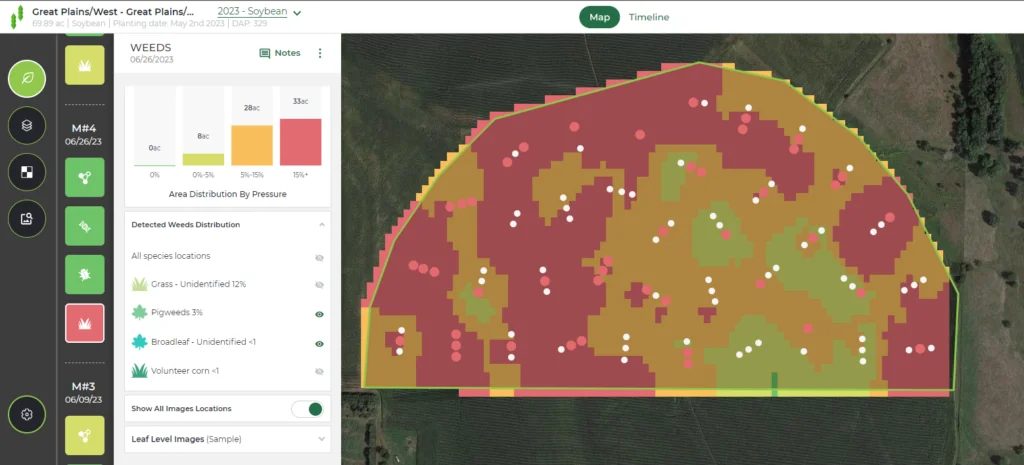

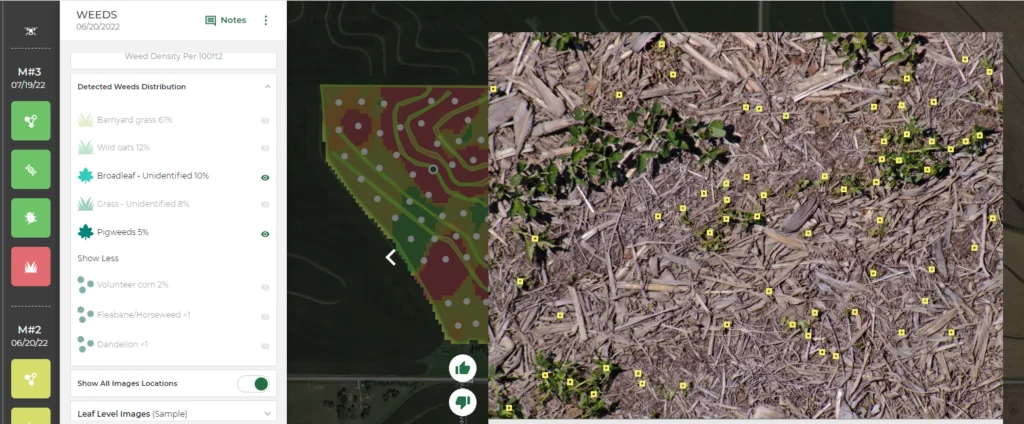
“What I appreciate most about Taranis is that it fits every farm. It elevates what farmers are already doing on their operation and better positions retailers to offer solutions that fit,” Pearson says. “These insights aren’t just an opportunity to formulate a plan this year; they help to build the plan for next year and the year after to fine-tune tillage, crop rotations, and other cultural methods that can keep weeds, pests, and diseases at bay.”
It looks like dicamba bans are here to stay this time, and with atrazine on and off the chopping block the past several years, it makes sense for retailers and farmers alike to begin looking at management strategies that include less chemical usage. Having the right tools at the right time, backed by an advisor who can put the pieces in place, is a win for the value chain and a champion for a farmer’s input budget. See how the retailers we work with and the customers they serve are winning and let’s keep the conversation and the acre moving forward!
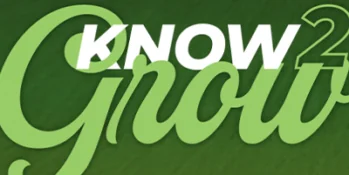
Short, to the point, and chock-full of the information you need to make the most out of every input this season, the Taranis Know2Grow webinar series is just what it says it is.

When Jon Bottiger moved back to manage the family farm after 20 years of navigating New York City, the Denton, Kansas native brought the shrewd business acumen he had developed managing a multi-million-dollar hedge fund to the rich soils of Doniphan County.
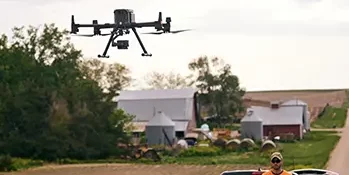
Because we are one of the nation's largest drone operators in agriculture, we often are asked, "Is it legal for drones to fly over my farm?"